Hotel class
With the successful operation of the worlds first dedicated ballistic missile submarine B67 known as project AV611 (NATO Zulu IV) in 1955 the race was on between the USA and the Soviet Union to do more.
The United States started to deploy the Regulus missiles from submarines in 1955 the same year B67 fired her SS-N-1 Scud missiles, however the regulus was a subsonic cruise missiles not a Ballistic missile.
Both of these types of submarines until 1960 were limited in their capabilities none more so because the boats that carried them were conventionally powered.
With the launch of the USS Nautilus nuclear power for a submarine became the power source of choice for both navies, and the Soviet Union in true fashion launched their own nuclear submarine the K3 a project 627 November class in 1958 to counter Nautilus.
With the capability to run a submarine on nuclear power and to fire missiles from a submarine confirmed it was only a matter of time before the two technologies would be merged, indeed prior to the launching of the K3 that very project was underway.
Design Approved
The Soviet Union would ultimately approve three new types of submarines which would make up the first generation of soviet nuclear submarines, those being the Hotel (PLARB) SSBN, Echo (PLARK) SSGN and November (PLA) SSN classes.
Project 658 was approved in September 1956 at OKB 18 under the chief designer P. Golosoviskiy, however; the project was handed over to I Mikhaylov who had replaced S Kovalev as deputy chief designer, the chief designer onwards was non other than Igor Spasskiy.
To save time the hotel class boats would use the same engineering spaces as the preceding Project 627 (November) and the building project 659 (Echo) but; would feature the sail from the in-build project 629 (Golf).
Golf class Hotel class
The first boat would arguably become the most famous and even have a movie made about her she would be called K19 and for her sea trials and first mission be commanded by Captain Nikolai Zateyev.
K19 was laid down in the Severodvinsk shipyard as hull 901 in October 1958, launched a year later in October 1959 and commissioned in December 1960, Seven more boats would follow her before the production line was shut down.
The submarine
The first boat would arguably become the most famous and even have a movie made about her she would be called K19 and for her sea trials and first mission be commanded by Captain Nikolai Zateyev.
Nikolai Zatayev
K19 was laid down in the Severodvinsk shipyard as hull 901 in October 1958, launched a year later in October 1959 and commissioned in December 1960, Seven more boats would follow her before the production line was shut down.
The Hotel were pretty big for a submarine of her time being split into ten water tight compartments giving her a length of 114m she had a beam of 9.2m and a draught of 7.3m over all the boat would displace 5,300 tons.
With the increased size and displacement of the boat she could make 15 knots on the surface and 26 knots submerged, her usual cruising speed would be around 7 to 8 knots.
She was powered by two VVR-VM-A nuclear reactors each producing 70,000kw or 35,000shp, back up power systems included two 1,400hp GPM-21 diesel engines which turned two 460hp PG 117 electric motors and two 450hp PG-116 electric motors which would turn two shafts with five blade screws on the end.
Also on the boat were two-volt lead acid batteries of the 28CM type in three banks totalling 112 cells.
With the ability of nuclear power to deliver unlimited range, air and fresh water the submarine could be stored with food for missions lasting up to 50 days to feed her 104 crew.
Ultimately like all the first and most of the second generation boats the power plants made them incredibly noisy even at low speed on one shaft.
Weapon and Sensor systems
The Hotel had one mission to carry the Soviet Unions at sea nuclear deterrent, and for this purpose she carried the P-13 missile complex and the D2 launching system which would be capable of launching three of the R-13 missiles (Grau 4K50 NATO SS-N-4 Sark).
These missiles had one major drawback they had to be launched while the submarine was surfaced, and during testing only 26 of the 32 missiles fired were successful but firing the three missiles took 12 minuets making her extremely vulnerable.
Interior Layout
Later the Project 658M upgrade they would receive the D-4 missile system and use the R-21 (Grau 4K55 NATO SS-N-5 Serb) missile capable of being launched submerged.
The Hotel also had torpedoes for a small selection of torpedoes at the time, four forward tubes each 533mm (21in) and four aft 400mm (16in) with 16 reloads in the racks fore and aft.
The torpedo armament would later become the submarine mainstay, as during their lives the Hotels were upgraded.
After K19s nuclear accident she would be modernized with a new fire control system and the new missiles, with the capability of firing them submerged, however; technology had already advanced substantially with the launch of the American submarine USS George Washington, the Russians would reply with the Project 667 Yankee not long after.
Throughout their lives the submarines would be modified to fulfill several roles, project 658M was the updated missile and fire control systems.
Project 701 would substantially change the submarine which would be equipped with the D9 complex and six R-29 missiles (NATO SS-N-8 sawfly) housed in a raised casing behind a shorter sail.
Project 701 modification
Project 658C would see K19 modernized again, with the SALT I treaty coming into force the Soviets decided to remove the missile complex and convert her into a communications submarine for testing new communication and navigation equipment as well as SOKS.
Ultimately the final modification came in the form of disbanding the missiles all together, and like the Echo I they would be converted into a standard attack submarine, this would be called project 658T
Two unrealized projects would have seen a more Yankee style hotel this would have been project A658 and these would have been fitted with the D7 Missile complex with sixteen RT-15M missiles (NATO SS-N-14 scamp) housed in a raised casing aft of the sail, the machinery spaces would largely have been the same.
Both Projects were dropped in favor of the newer more advanced project 667.
The Hotels had various sensors and equipment as well as several upgrades to it, the submarine used the Sigma Astro inertial navigation.
Sonar equipment included the MG-200 Artika M and the MG-10 Kola as well as the MG-25.
The PLK-101 Albatross radar gave surface and air search capability while the Nakat navigation and reconnaissance radar, Nikhrom IFF was the system to identify friend and foe.
The final years
The Hotels served throughout the cold war, they were very noisy boats that had quite a few limitations which made them obsolete technically before their lives began.
With the introduction of the George Washington these limitations became very clear to the Soviets, which would end up with them designing the more complex and capable Project 667.
The Hotels would like many older boats enter into reserve in the late 1980’s, financial and other economical problems of the Soviet Union meant that funding needed for repair and maintenance never came and the boats stayed tied to the pier.
In the 1990’s the boats were officially decommissioned but due to the new budgets and the collapse of the Soviet Union many of the boats would spend a decade wallowing alongside before being towed for scrapping.
K19 was the last of her class to be decommissioned in 1991 her sail is currently displayed by former crew member Roman Abramovich, this remains the only piece of the Hotel class remaining.
K19’s sister ships were decommissioned between 1988-1990 due to budget cuts and the decline of the soviet economy they were all laid up in reserve, due to the collapse of the soviet union the submarine remained laid up pending disposal for quite some time, the K19 wasn’t cut up until 2005 and 2006.
The saga of K19 would become the subject of a Hollywood movie staring Liam Neeson and Harrison ford.
K19 Screws and Stern K19 Sail K19 being cut up
Further Reading
November class submarine https://www.navygeneralboard.com/the-first-soviet-nuclear-submarines/
Tango class Submarine https://www.navygeneralboard.com/the-tango-class-russias-rubber-submarine/
Typhoon Class Submarine https://www.navygeneralboard.com/russias-massive-typhoon/
Juliet class submarine https://www.navygeneralboard.com/the-last-of-her-kind/
Zulu class submarine https://www.navygeneralboard.com/project-611-zulu-class-submarines/
Foxtrot class Submarine https://www.navygeneralboard.com/a-cold-war-warrior-a-walkthrough-of-a-foxtrot-class-submarine/

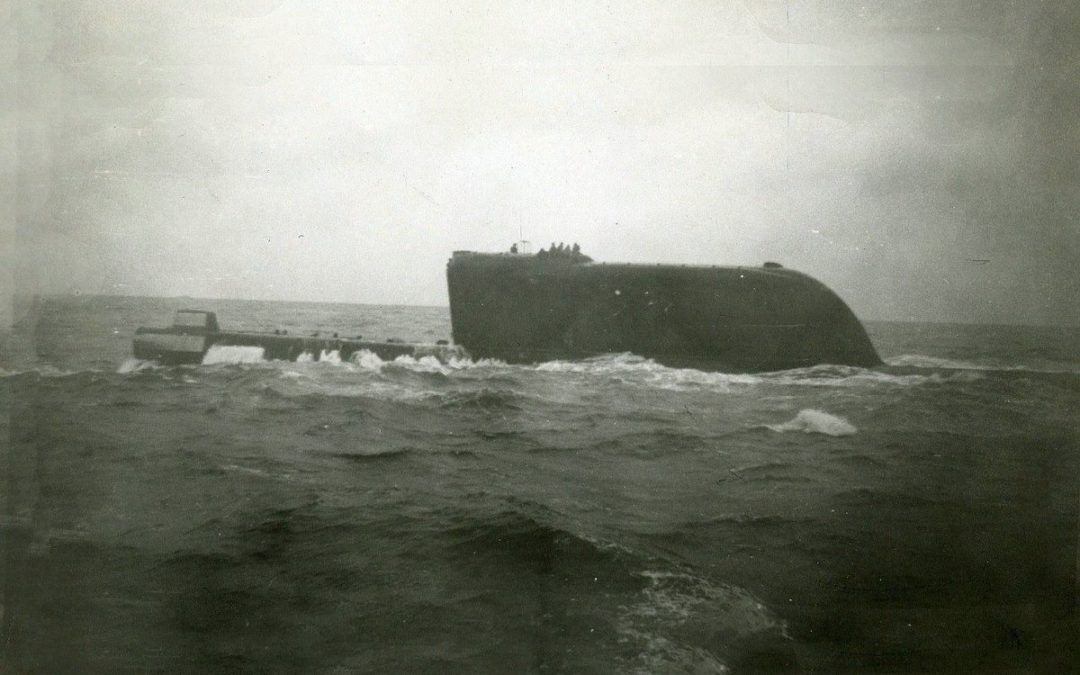

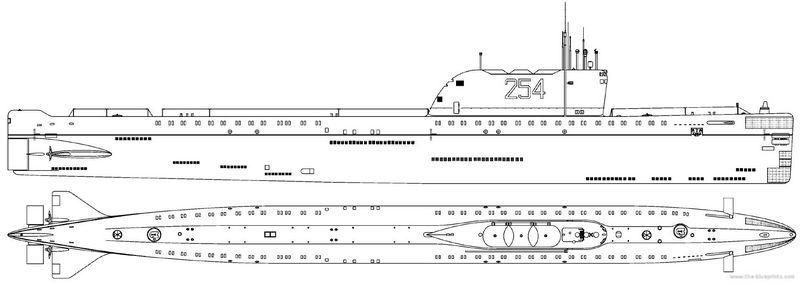
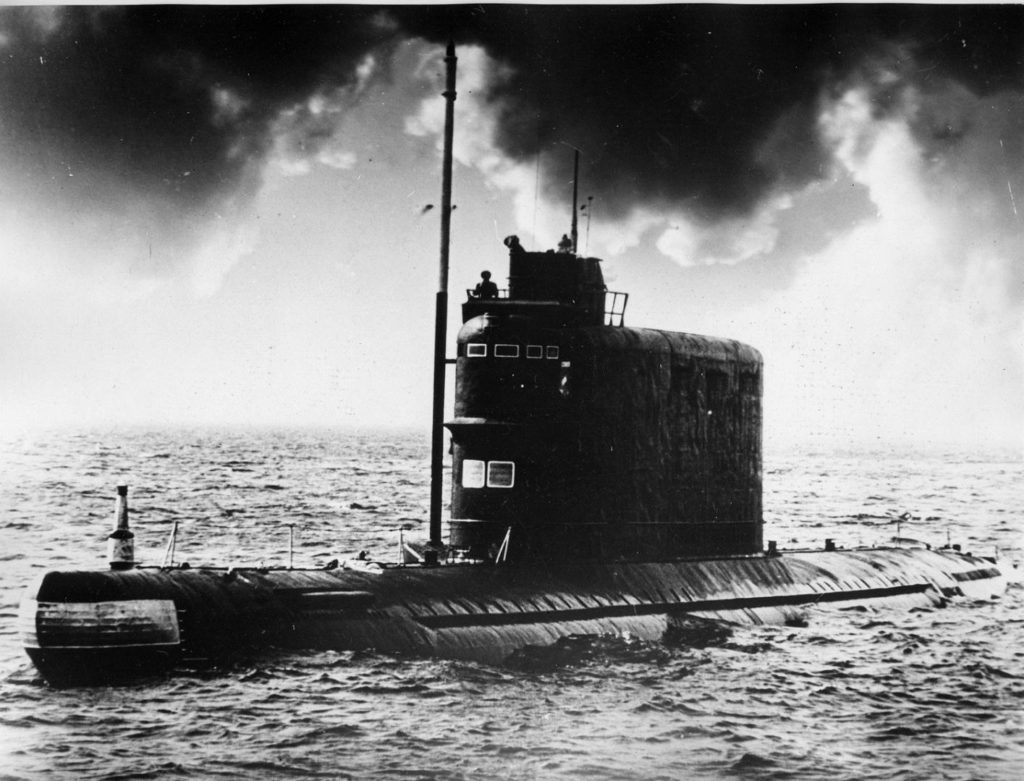
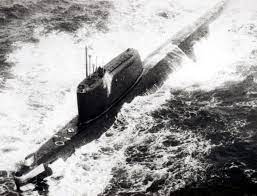
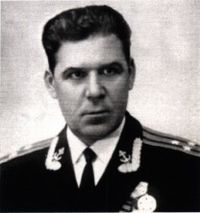

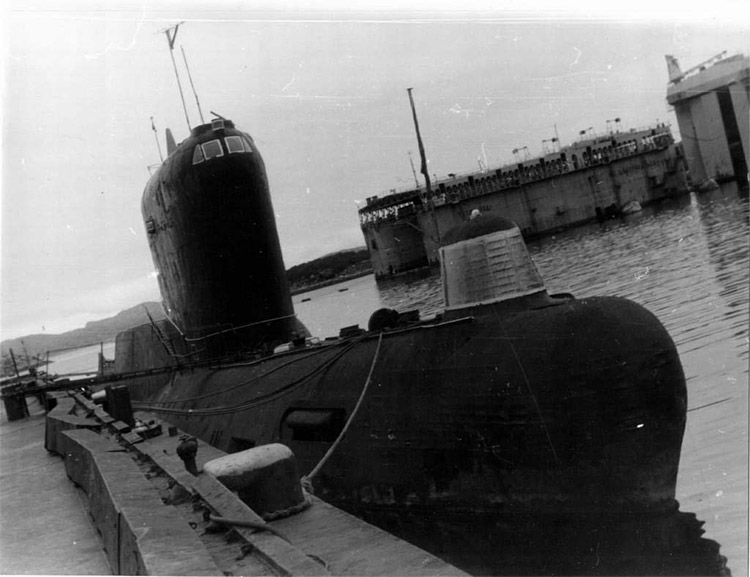
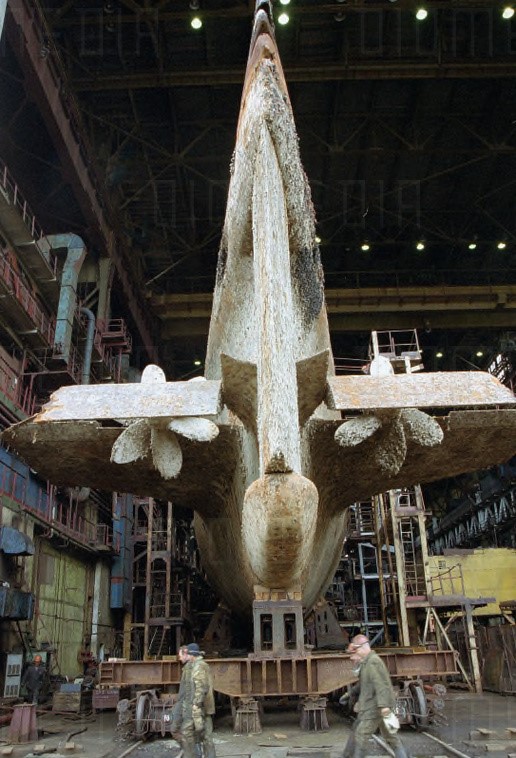
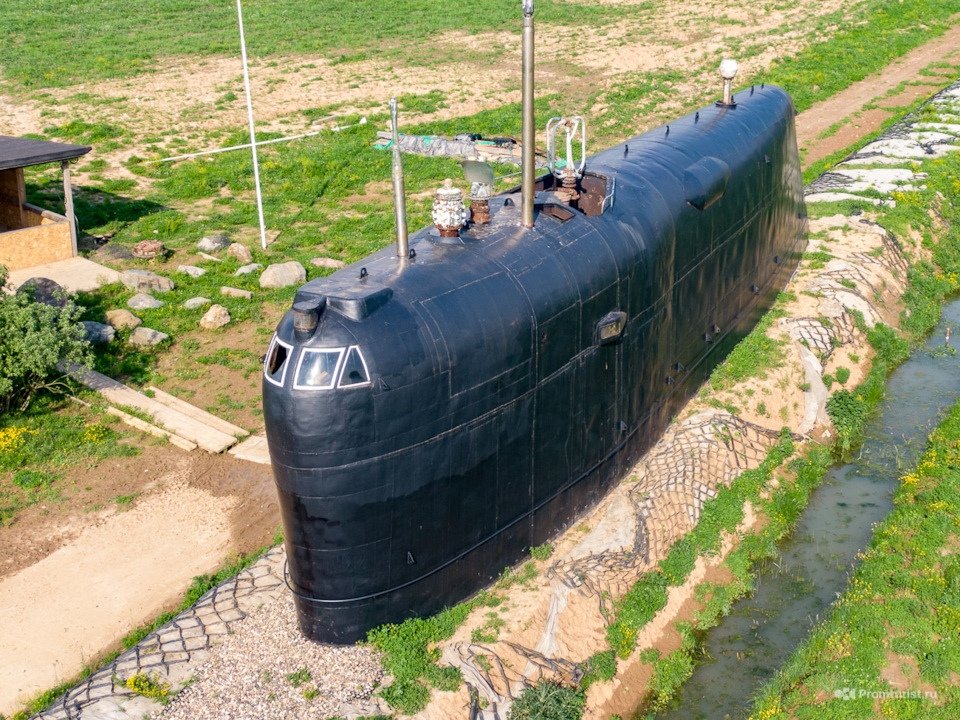
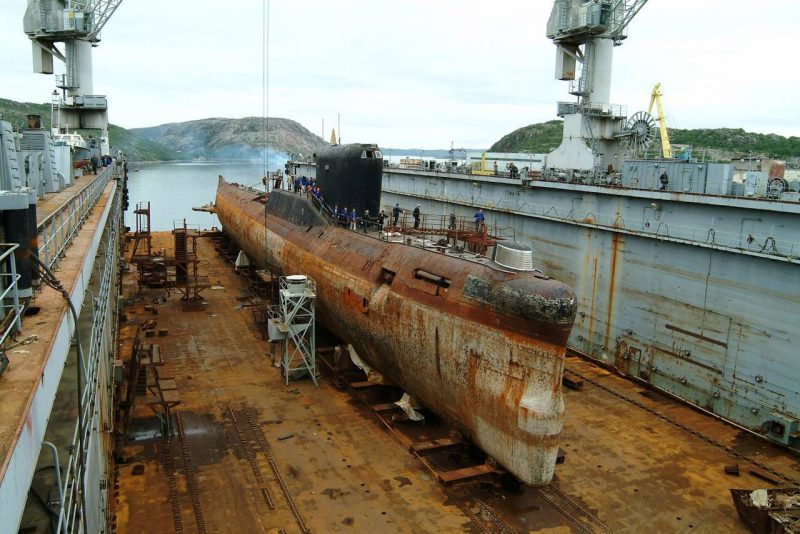

I’m not entirely sure what your referring to this is what is in the article “the boat would displace 5,300 tons.
With the increased size and displacement of the boat she could make 15 knots on the surface and 26 knots submerged”
I am assuming that its referring to the displacement discrepancy? The boat itself over time would have gained in displacement due to modifications, so while as built K19 may have been 5,080t by the end of her career she would have been significantly heavier.
One source I use is http://www.deepstorm.ru/DeepStorm.files/45-92/nbrs/658/list.htm The website is run by former submarine communications officer Andrey Nikolaev he uses official archive sources and first hand testimony from former crew and designers he is also the second in command at the St Petersburg Submarine veterans club.